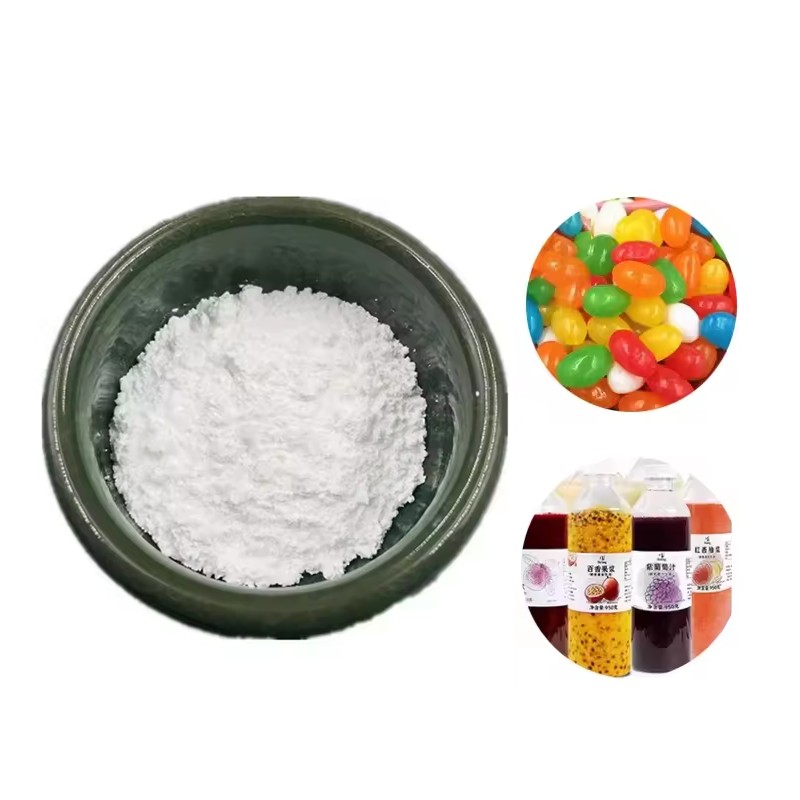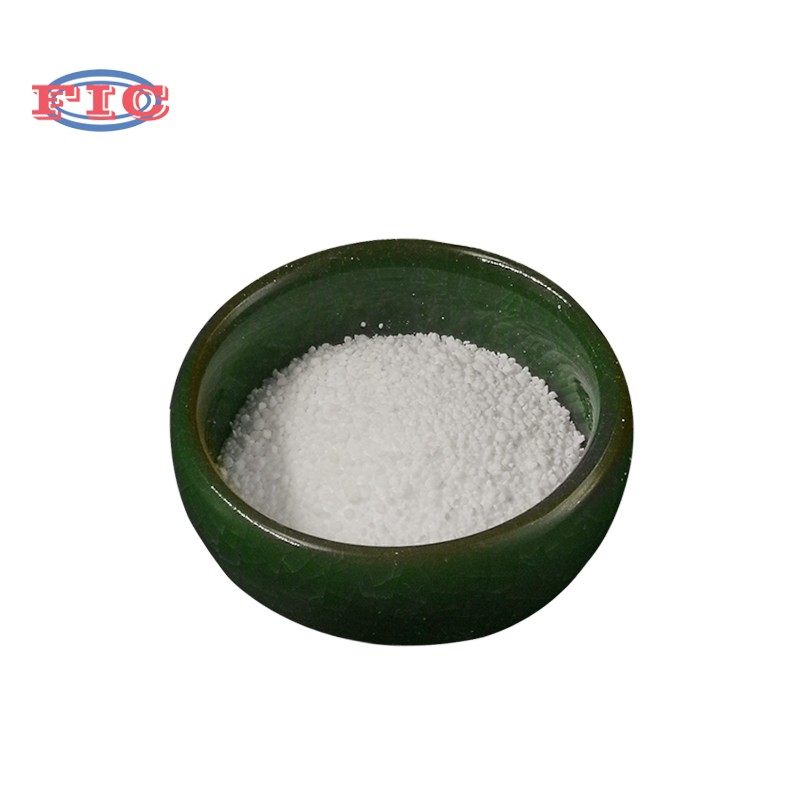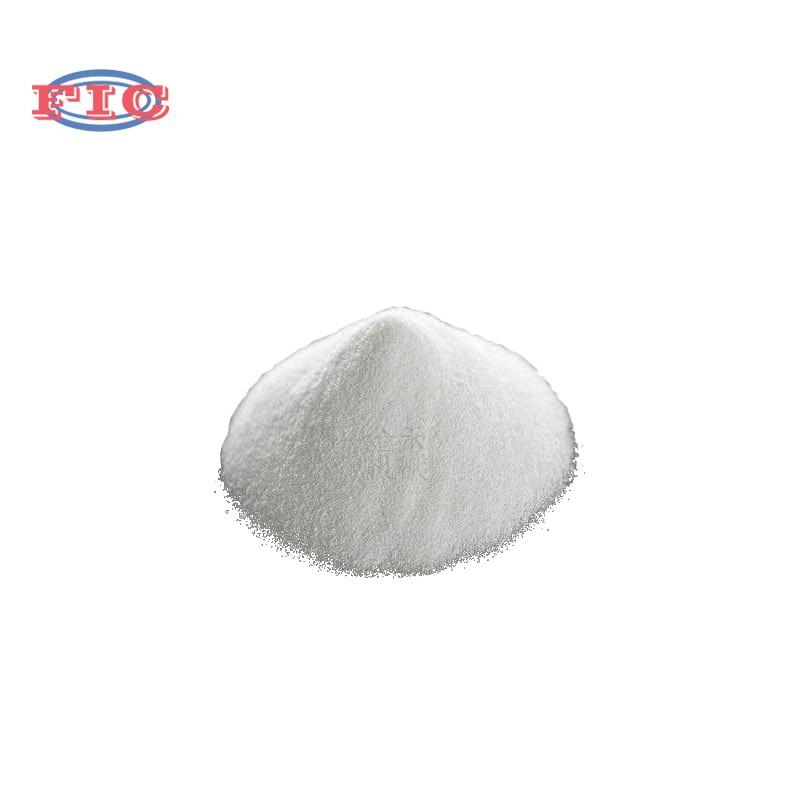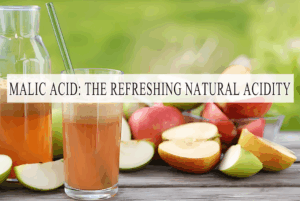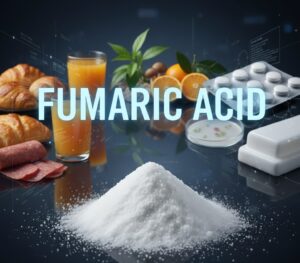Citric acid, a naturally occurring organic acid found in abundance in citrus fruits like lemons, oranges, and grapefruits, has long served as a cornerstone in the food industry. As a versatile additive, its unique chemical properties and well-established safety make it a go-to ingredient for enhancing food processing and preservation across countless products.
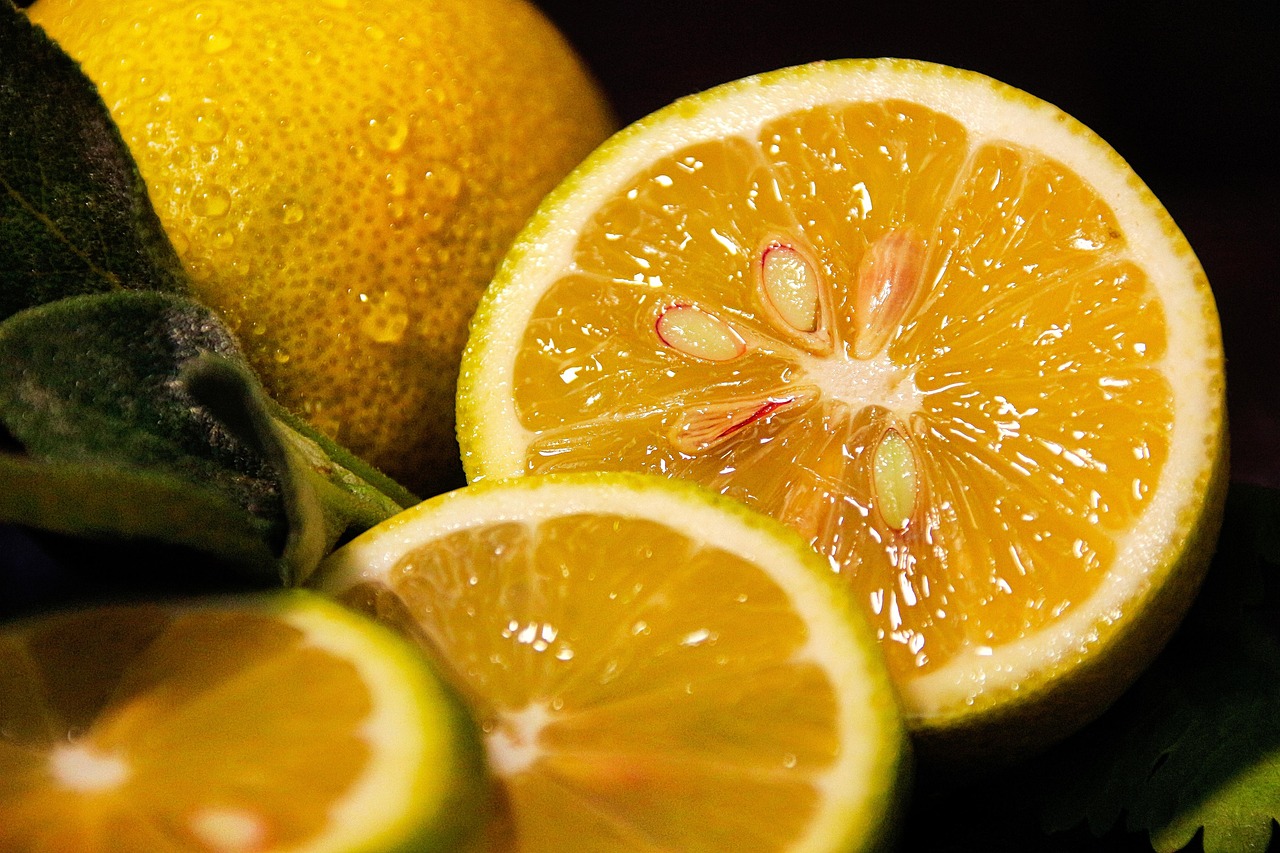

Citric Acid as an Acidulant: Boosting Flavor Profiles
One of the most common ways citric acid is used in food is as an acidulant. It adds a pleasant, bright sourness that elevates the flavor of all kinds of foods. From carbonated drinks to fruit juices and soft drinks, citric acid gets added to balance out sweetness, creating that refreshing, tangy taste people love. It’s also a staple in jams, jellies, and fruit preserves—here, it does more than just add that characteristic tartness; it helps set their texture too, giving them the right consistency.
Preservative Properties: Making Foods Last Longer Through pH Control
Preservation is another key role citric acid plays in food. By lowering the pH of food systems, it creates an acidic environment that slows down the growth of spoilage-causing microorganisms like bacteria, molds, and yeasts. This makes it a reliable preservative in many processed foods: think canned fruits and vegetables, pickles, and sauces. By keeping these microbes in check, citric acid extends shelf life, ensuring products stay fresh and safe to eat for longer.
Antioxidant Synergist: Stopping Oxidation in Its Tracks
Citric acid also works as an antioxidant synergist in food. It binds to metal ions like iron and copper—elements known to speed up oxidative reactions in food. By latching onto these ions, citric acid prevents fats and oils from oxidizing, which reduces rancidity and off-flavors in products such as fried snacks, baked goods, and processed meats. This helps keep foods tasting good and maintains their nutritional value over time.
Texture and Stability: Fine-Tuning Food Consistency
Beyond flavor and preservation, citric acid helps adjust texture and stability in food processing. In dairy products like yogurt and cheese, it aids in controlling coagulation, resulting in the smooth, creamy texture consumers expect. It’s also used in confectionery—from hard candies to gummies—where it regulates the gelling process, improving both texture and mouthfeel in the final product.
Safety and Regulation: Keeping Consumers Protected
It’s important to note that citric acid use in food is tightly regulated by food safety authorities worldwide. Its safety has been thoroughly studied, and it’s generally recognized as safe (GRAS) when used within approved limits. This means consumers can enjoy the benefits of citric acid in their favorite foods without worrying about adverse health effects.
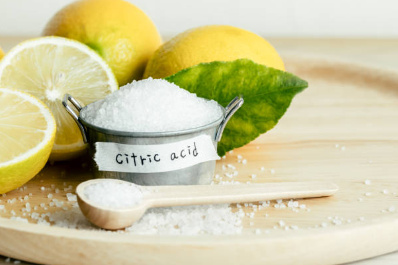
All in all, citric acid is an indispensable additive in the food industry. Whether acting as an acidulant, preservative, antioxidant helper, or texture regulator, it plays a vital role in enhancing flavor, extending shelf life, and improving quality across a wide range of products. Its natural origins and proven safety only add to why it’s so widely used and trusted in food production.
Recommended Reading:Explore our premium citric acid products

